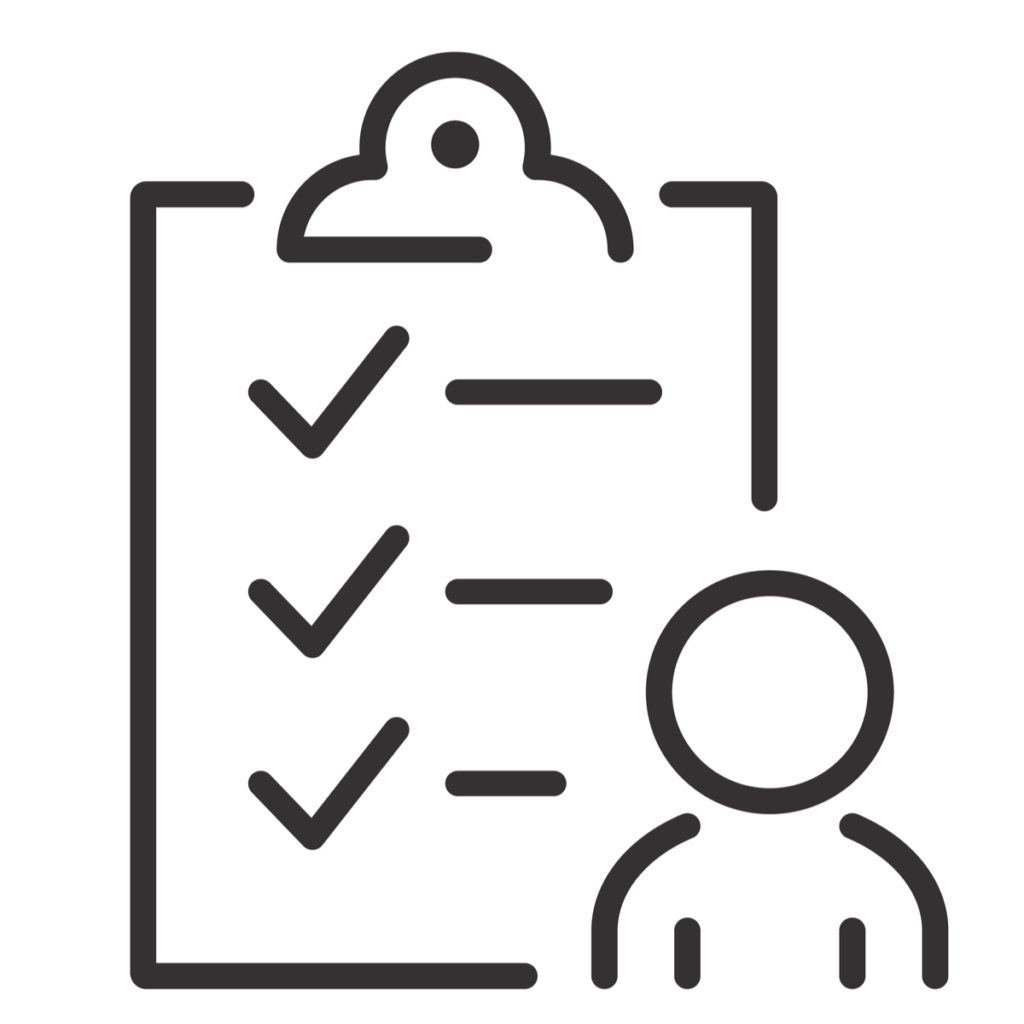
If you’re old enough to remember this Public Service Announcement, chances are, like me, you’re that person in your organization for whom “The Buck Stops Here.”—Harry Truman
The original purpose of the late-1960’s Ad Council campaign, broadcast nationally each night just before the 10:00pm local news, was to remind parents of their responsibility to enforce youth curfews in effect for many troubled large cities at that time.
Of course I’m not suggesting that you treat your employees like children, but I think you see where I’m going with this.
Like you, I’ve been reading a lot of topical blogs about effective ways and best practices for working from home in this “Age of Coronavirus.”
For many companies, a remote workforce is not a new thing. Businesses of all sizes in every industry have a portion of their workforce working from home, or perhaps allowing all employees to choose one day each week to work from home. The point being, there is already familiarity with how employees can work effectively from home.
And now that nearly all workers are required to work from home, those businesses that already allow or encourage remote work have a significant head start compared to companies whose work architecture doesn’t yet support remote workers. Why is that?

- These companies have long since abandoned on-premises server infrastructure in favor of cloud-hosted ERP/CRM platforms, desktop productivity and collaboration software like Google’s G Suite, Microsoft 365, and other web-based applications.
- Remote workers have set aside a room in their home with a door that closes against distractions like spouses, children, pets, home delivery vans, disruptive background noise, and strangely-alluring daytime television.
- They have the same tools at home as they have in the office, and so for them, there is very little difference between working in an office, and working from home.
Mature businesses with effective “work from home” operations in-place going into March 2020—with its coronavirus, social distancing, and national stay-at-home orders—had a big head start on setting up an effective 97% remote workforce.
Does that mean they’re all smarter than you? Like they saw COVID-19 coming in their Magic 8-Ball? Of course not. With today’s available technologies, businesses have been steadily taking positive steps with respect to “de-officing” the office. Implementing cloud-hosted “out-frastructure” as opposed to supporting aging server infrastructure.


So, for whatever reason, you’ve fallen behind on flattening your company’s “coronavirus technology curve.” Ask, what can I do to make sure my employees are productive when working remotely?
Provide your remote workforce with the right tools to work effectively from home.
Ideally, your staff has the same systems at home that they have at their desk in a brick-and-mortar office.
- High-end workstation with at least two flat-panel displays.
- Broadband internet with a secure VPN connection to in-office systems and documents.
- Unified communications system to integrate voice, video, chat, and email.
- Noise-cancelling headphones and a webcam.

What are some things I can do to engage my staff now that we aren’t all in the same building?

- Establish a clear vision for your company’s post-COVID-19 future. Even if we’re not sure about when this period of mandated remote working will come to an end, we absolutely know it will end. Be transparent. Be positive.
- Record yourself giving weekly State of the Union talks. Let your people know they are valued, and those things you’re doing to maintain “maximum employment” for your business.
- Have each team start every week with a 15-minute stand-up meeting where every team member will answer 3 questions: What did I accomplish last week? What am I working on this week? What obstacles, if any, are impeding my progress?
- Send everyone a home-quarantine care package with an Amazon gift card, and some fruit or healthy snacks from Edible Arrangements. These gestures give them a sense of stability in their jobs, and help with emotional and mental stability.
As a CEO/Owner, how can I measure the productivity of my employees that are working from home?
You may be “old school” and measure employee productivity by the number of hours you see them in the building, yet that is a terrible measure of productivity. Using “Big Brother” tools to count remote mouse clicks and keyboard presses will only alienate your workforce and get in the way of them actually doing their jobs.

Instead, break down work metrics into two categories: quantitative and qualitative. Expectations for both activity (quantitative) and output (qualitative) for all staff should be clear.
Activity. The easiest way to measure daily activity is using cloud-based software where detailed activity is tracked. The system your staff uses to get their work done every day also tracks their activity as a byproduct of using the system. Think of things that can be counted:

- Phone calls
- Meetings
- Orders / Quotes entered
- Tasks / Tickets completed
- Orders shipped / Orders received
Output. Having reporting mechanisms set up will help accomplish this. This may require integration of multiple systems and setting up business intelligence dashboards. Ideally, the reporting is automated and available in real time. Think of positive results:

- Projects completed on time
- Orders approved
- Dollars invoiced
- New customers
- Lead quality
- New reviews left by customers
- Goals accomplished
Doing the right activities is important. Achieving the desired output is even more important.
See day-to-day progress of the work, not time spent each day. Place an emphasis on role-based results, not time-based tasks.
With effective leadership, conscientious professionals have the self-discipline to work productively from home. Trust that you’ve hired the right people and that they’re capable of working at a high level during these challenging times.
It’s not a journey that you have to go on by yourself. If you don’t have these systems in-place today—and you don’t have a detailed plan for making that happen quickly—work with a trusted technology advisor, ideally a company with experience helping other businesses transform their technology, and the way they provide their products and services to their customers.
Final thought.
The longer we stay quarantined at home, the greater the backlog of postponed services. Put your business in the best position to take advantage of the inevitable surge that’s coming. Take positive steps today to improve your business, and make these positives permanent, to come out stronger on the other side.


